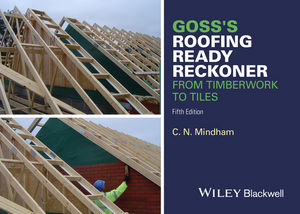Gray Area: Roof Color Is Just One Factor to Consider

I must admit that I was charmed by the cool roofing revolution when it first began. Here was a way of improving roofing systems that would prompt owners to replace their roofs a little ahead of schedule in hopes of saving on their energy bills. Then there was news about the urban heat island effect, and later our nation’s energy secretary famously declared that white roofs are good. The roof was becoming the darling of the building envelope. How nice was that?
And who can’t agree that white is cooler than black? As a kid growing up in the South, I knew you could usually walk barefoot on a concrete sidewalk in the middle of a sunny day, but you could not walk on an asphalt-paved street without taking home blisters. I also knew walking barefoot was best done on the grass, but that is another roofing system analogy — just talking black and white membranes here.
So white is cooler than black, but does that always make it a superior solution? Doubt it. The argument of black vs. white is really not so simple. On any given structure, there are many factors that relate to its energy performance and how it impacts the environment. The color of the roof may play a role, but not the only one.
I met recently with an old friend who manages a few million feet of retail space. Roofing is always a priority for him. We discussed cool roofing, and he acknowledged that his firm has moved in the direction of white, but he remains hungry for knowledge about better roofing and insulation systems. HVAC systems are also a hot topic, and better roofs to make them work more efficiently will save him money. So, he expressed a great deal of interest in the topic of roof insulation and ways to determine how much is the right amount on any given structure.
The good news is, regardless of black or white, there remains a fertile ground when it comes to delivering better roofing systems. Owners of commercial buildings will pay attention to a presentation of facts about systems that lead to savings over the long term.
Homeowners can likewise benefit. Roofing contractors should offer options for the cool-roof versions of metal, shingles, composite slate and tile. There is also the opportunity to improve attic ventilation systems, including roof, gable and soffit vents.
I have always believed adding attic insulation at the time of roof replacement is one of the best things owners can do to lower their heating and cooling bills for the lowest up-front cost. Roofing contractors should offer this option every time out, and even if unwilling to do the work should find a trusted subcontractor and sell it anyway.
This argument about black vs. white will continue. I believe the more important point is for roofing contractors to focus on selling owners the roofing system that meets their waterproofing as well as long-term energy consumption needs.
Looking for a reprint of this article?
From high-res PDFs to custom plaques, order your copy today!





